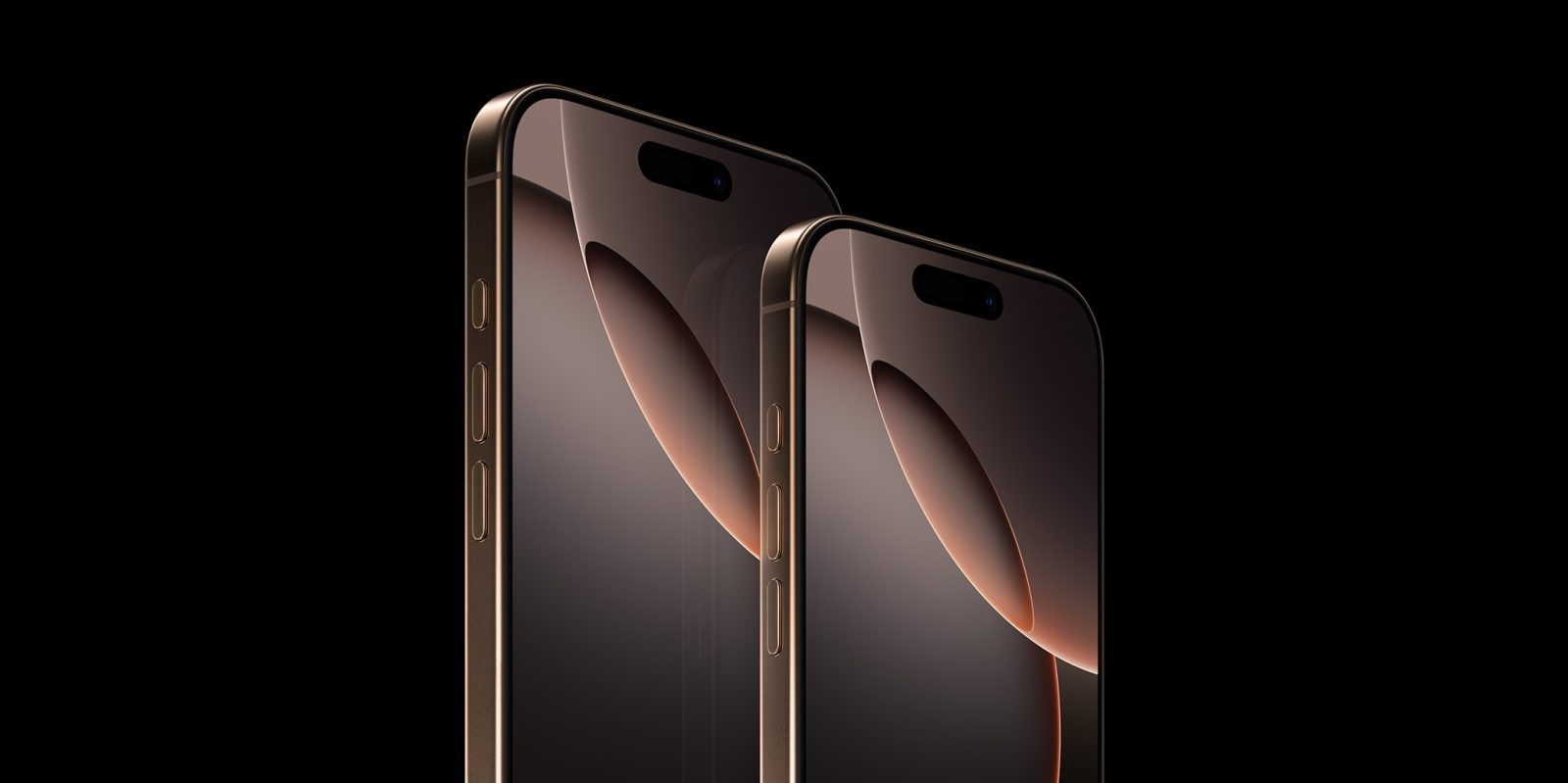
An increasing number of iPhone 16 Pro owners are reporting intermittent issues with their phone’s touchscreen responsiveness. Users experience taps and swipes seemingly being ignored, which affects various interactions like scrolling, pressing buttons, and missed presses on keys on the virtual keyboard.
Based on our testing, reader reports, and a growing number of online complaints, the issue appears to stem from a software bug, rather than a hardware fault. Specifically, iOS’s accidental touch rejection algorithm seems to be overly sensitive, causing intended touches to be ignored.
It appears that users are inadvertently triggering the system to reject touches by making unintentional contact with other parts of the screen.
Some users report particular issues when their finger is resting near the Camera Control, on the right-hand of side of the screen, though the problem seems to affect all four screen edges equally.
When this happens, the phone’s software often ignores all new touches on the display for a brief period of time. This is what causes the intended taps and swipes to be missed. This behavior is clearly demonstrated by Khaos Tian in a post on Mastodon, although in practice, the finger resting on the screen can be more subtly placed.
The issue may be exacerbated by the iPhone 16 Pro’s thinner-than-ever screen bezels, which makes it easier for the user’s skin to inadvertently contact the edges of the display. As you only need a small sliver of skin to touch to trigger touch rejection, it is possible to be in this state without realizing why it is happening.
The issue can arise when a user naturally grips the phone, with their fingers wrapping around the sides of the device. The issue is more likely to occur when the phone is used without a case, as it is easier to unintentionally rest fingers over the slim screen borders. With a case on, it is harder (but not impossible) to do this.
The problem occurs on iPhones running both iOS 18 and the iOS 18.1 beta. We are relatively confident that Apple can address the problem with a software update.
Notably, the problem does not seem to occur when the device is sitting dormant on the lock screen. It only manifests when the phone is unlocked, such as when scrolling through apps or swiping between home screen pages. This further suggests that the issue is software-related, not hardware-based.
Have you noticed touch responsiveness issues on your iPhone 16? Let us know what model, and OS version you are running, in the comments below.
Follow Benjamin: @bzamayo on Threads and Twitter.
FTC: We use income earning auto affiliate links. More.

